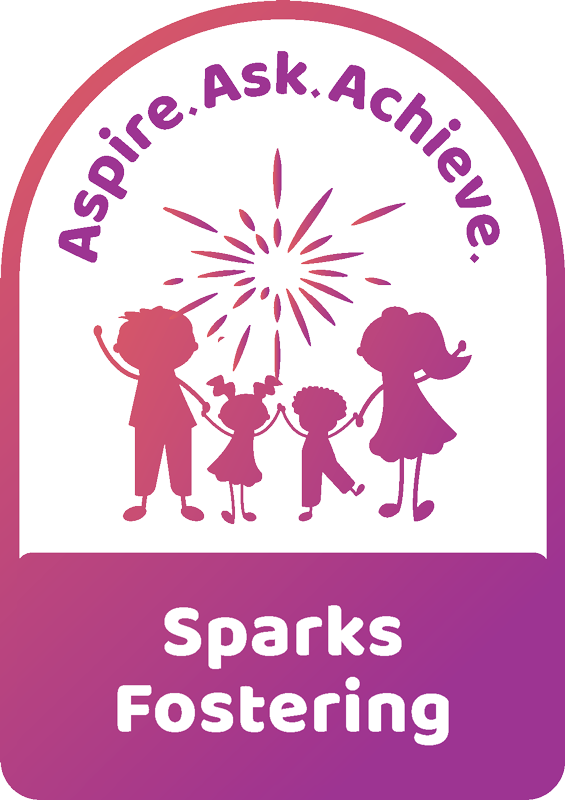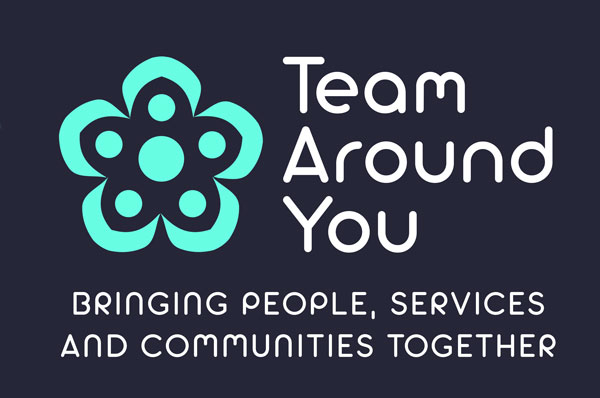The ‘Fostering Limit’
Foster carers are expected to have at least one spare bedroom (and there shouldn’t be overcrowding in the rest of the home). Each child over the age of three should have their own bedroom; children over the age of 3 can only share bedrooms if they are the same sex, if they have already been sharing bedrooms for over 6 months and if both children state that they prefer sharing bedrooms to having their own room.
If the spare bedroom is small (i.e. there’s only room for one single bed and a wardrobe), the foster carer would only be approved to look after one child in that room. If the room is large (i.e. there’s space for a bunkbed or two single beds with sufficient storage space), the foster carer may be approved to care for two children (siblings) in that room.
If the fostering home has more than one spare bedroom, they could potentially care for more children. The usual ‘fostering limit’ is 3 unrelated children; however, this may be increased if there is a larger sibling group and/or if there are other exceptional circumstances.
In addition to bedroom space, the fostering limit considers the foster carer’s experience, skills, knowledge and capacity. So, for example, a single carer with no fostering experience and limited childcare experience would not exceed the fostering limit.







